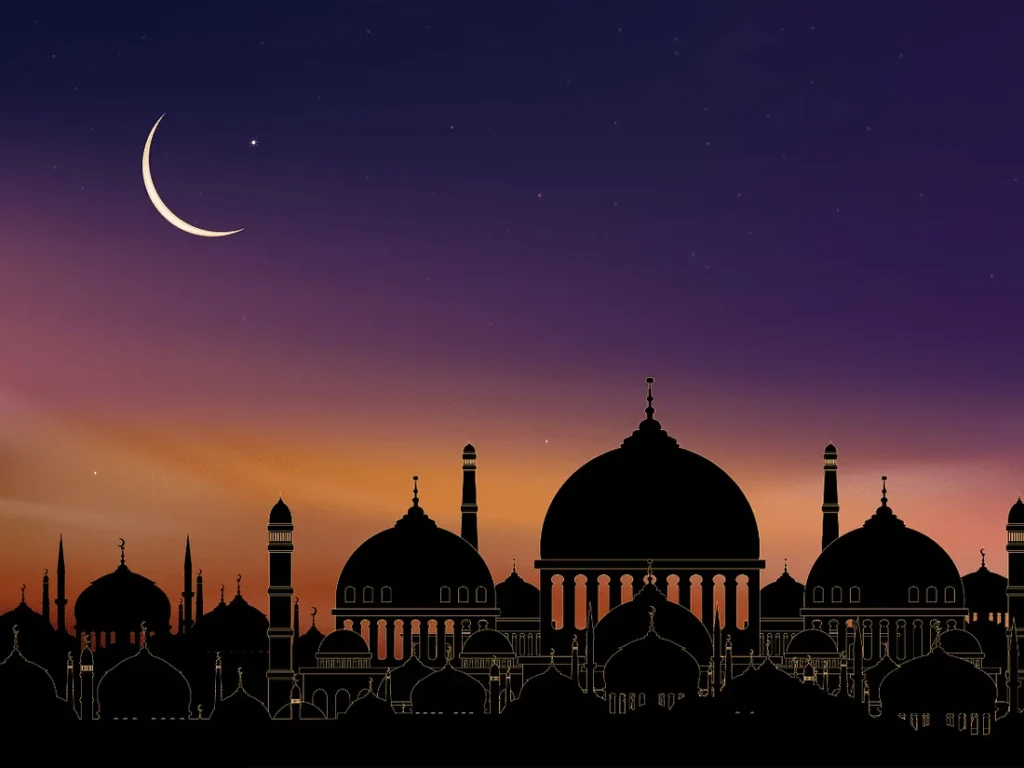As Muslims around the world prepare to welcome the Islamic Hijri New Year 1447 AH, it marks a time for reflection, gratitude, and remembrance.
Unlike the fireworks and festivities that often accompany Gregorian New Year’s celebrations, the Hijri New Year is a more solemn and spiritually significant occasion.
It commemorates the Hijra, a pivotal moment in Islamic history that signifies not just a physical journey, but the birth of the first Muslim community and the dawn of a new era for the faith.
When is the Hijri New Year 1447?
The Islamic Hijri New Year, also known as Ra’s as-Sanah al-Hijriyah, begins with the sighting of the new moon. The first day of the month of Muharram, the first month in the Islamic calendar, it was on Wednesday, June 25, 2025, subject to the official moon sighting.
What is the Hijra? The Journey That Changed History
The Hijra (هِجْرَة), which translates to “migration” or “emigration,” refers to the journey of the Prophet Muhammad and his followers from Mecca to the city of Yathrib (which was later renamed Medina) in the year 622 CE.
This was not a simple relocation; it was a move born out of necessity and divine command.
For years, the early Muslims in Mecca faced intense persecution, torture, and social boycotts from the ruling Quraysh tribe.
The message of Islam—of monotheism and social justice—threatened their polytheistic beliefs and power structure.
As the hostility escalated, it became impossible for the Muslim community to practice their faith freely and safely.
Following a divine revelation, Prophet Muhammad planned the migration in secret.
In a now-famous event, the Prophet, accompanied by his closest companion, Abu Bakr, narrowly escaped Mecca and took refuge in the Cave of Thawr for three days before continuing their arduous journey across the desert to Medina.
Why Was the Hijra So Important?
The significance of the Hijra extends far beyond the physical journey.
It represents a turning point in Islamic history for several key reasons:
- From Persecution to Freedom: The Hijra marked the transition from a state of vulnerability and oppression in Mecca to a state of security and religious freedom in Medina.
- The Birth of the Ummah (Community): In Medina, the Prophet established the first cohesive Muslim community, or Ummah.
He created a “Constitution of Medina,” a historic document that established social harmony, political alliance, and religious tolerance between the Muslim immigrants (Muhajirun), the residents of Medina (Ansar), and the city’s Jewish tribes. - The Start of the Islamic Calendar: The event was so foundational that during the time of the second Caliph, Umar ibn al-Khattab, it was chosen as the starting point for the Islamic (Hijri) calendar.
- A Symbol of Sacrifice and Faith: The Hijra represents the ultimate act of sacrifice for the sake of faith.
The early Muslims left behind their homes, wealth, and families, putting their complete trust in God and their commitment to their beliefs above all worldly possessions.
How Do Muslims Celebrate the Hijri New Year?
The celebration of the Hijri New Year is not about parties but about introspection and remembrance.
For Muslims, it is a time to:
- Reflect on the lessons of the Hijra: This includes themes of patience, perseverance, sacrifice, trust in God, and the importance of community and brotherhood.
- Engage in prayer and worship: Many Muslims spend time in mosques, recite the Quran, and make special prayers (du’a) for the year ahead.
- Set new intentions: Just as the Hijra marked a new beginning, the New Year is an opportunity for personal spiritual renewal, setting goals to improve one’s character and faith.
- Remember the sanctity of Muharram: The first month of the Islamic calendar, Muharram, is one of the four sacred months in Islam.
It is a time when fighting is prohibited and good deeds are encouraged.
It also contains the Day of Ashura (the 10th of Muharram), a significant day of voluntary fasting.
As we enter the Hijri New Year 1447 AH, the story of the Hijra continues to inspire millions.
It serves as a powerful reminder that with faith and perseverance, periods of hardship can lead to new beginnings filled with hope, unity, and divine purpose.


